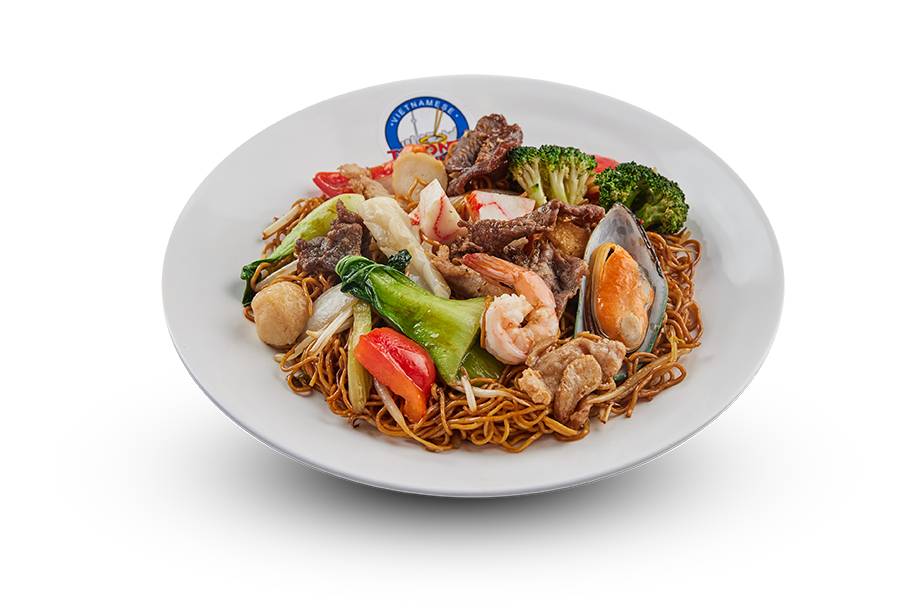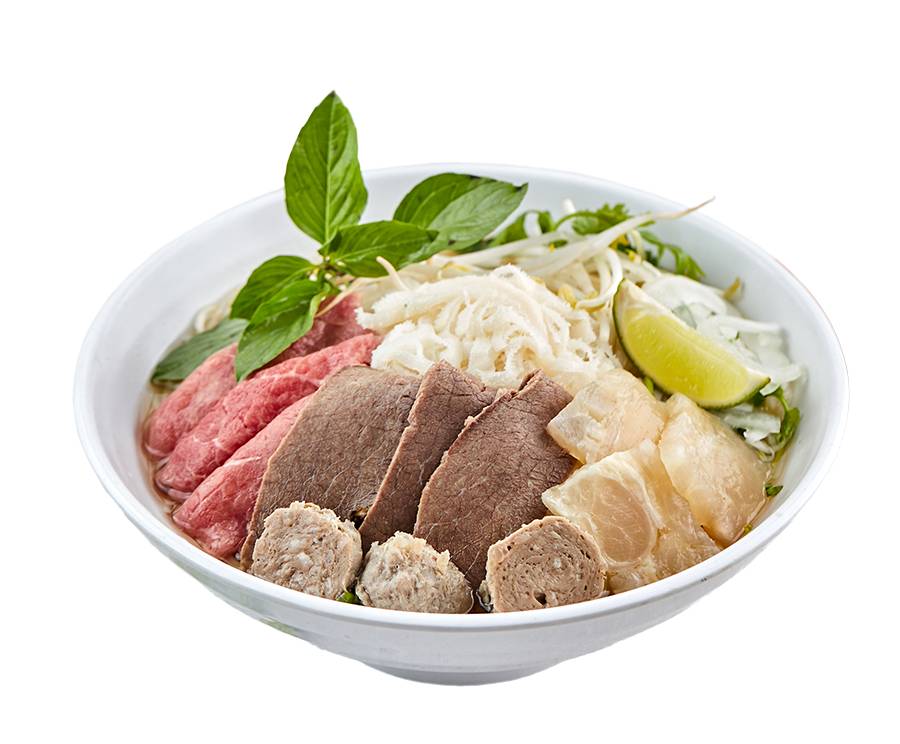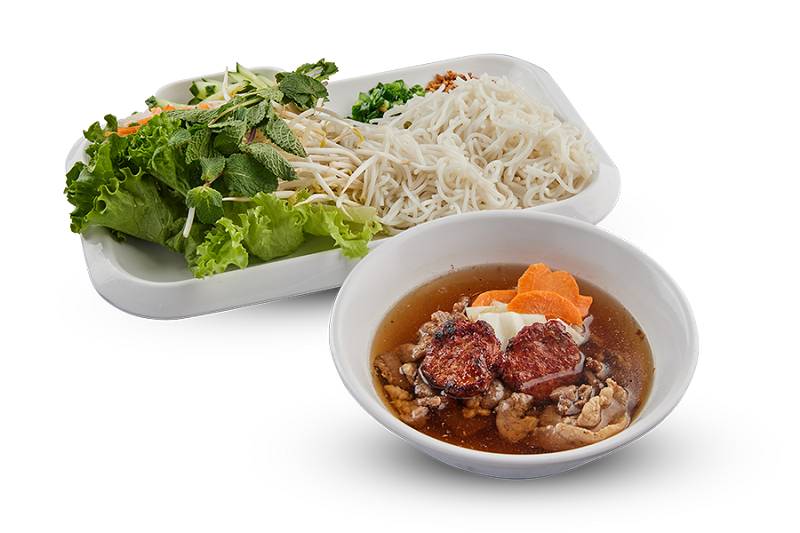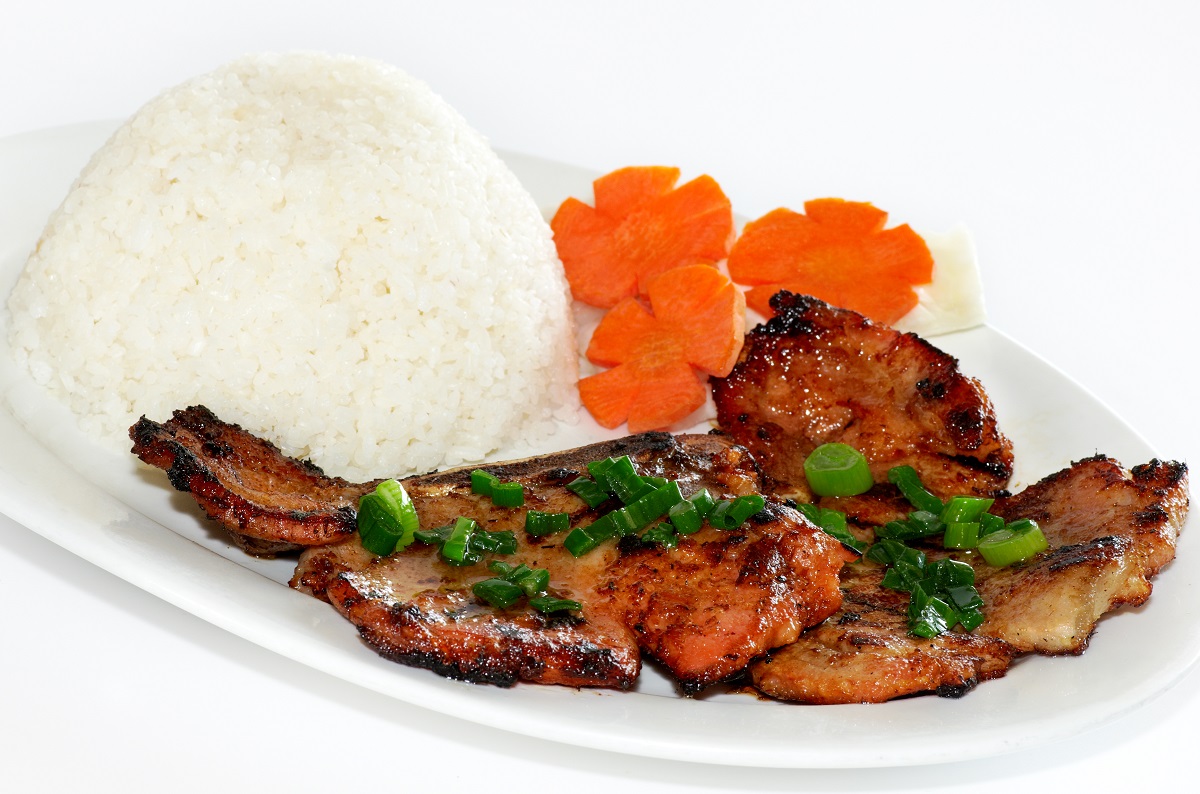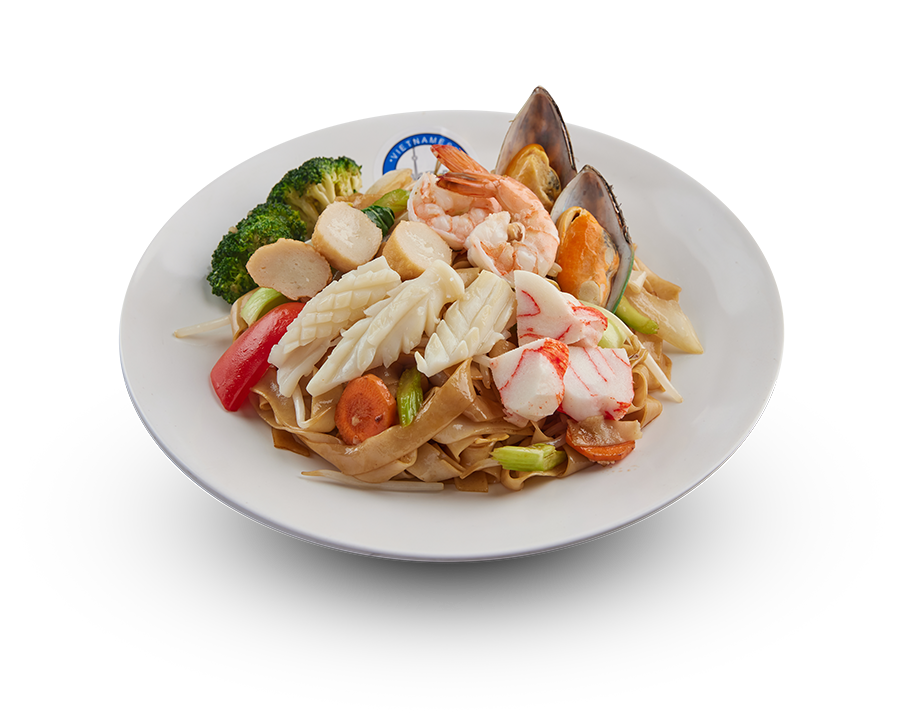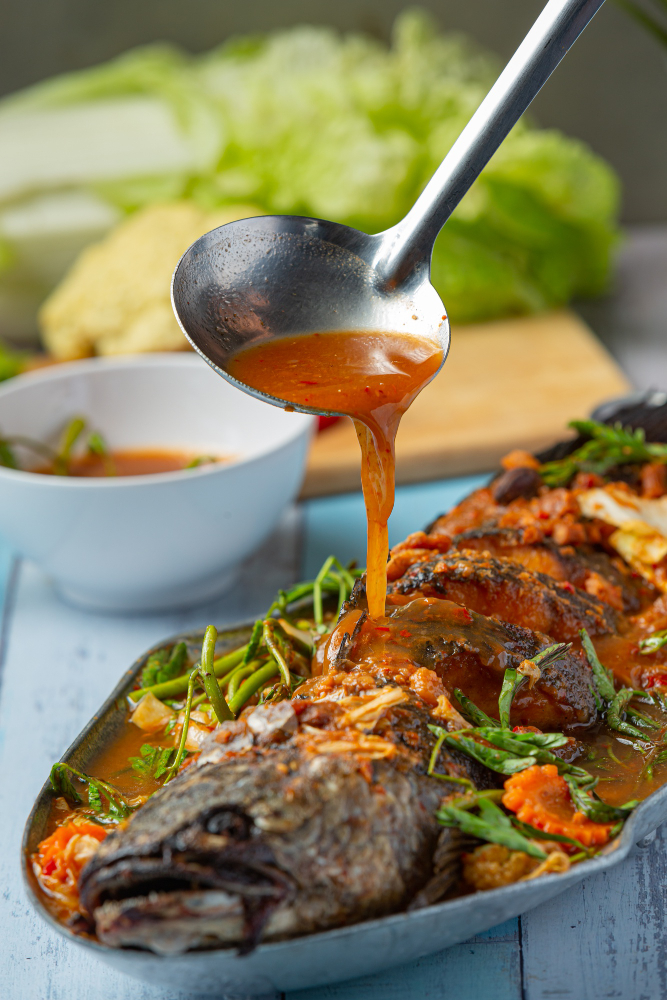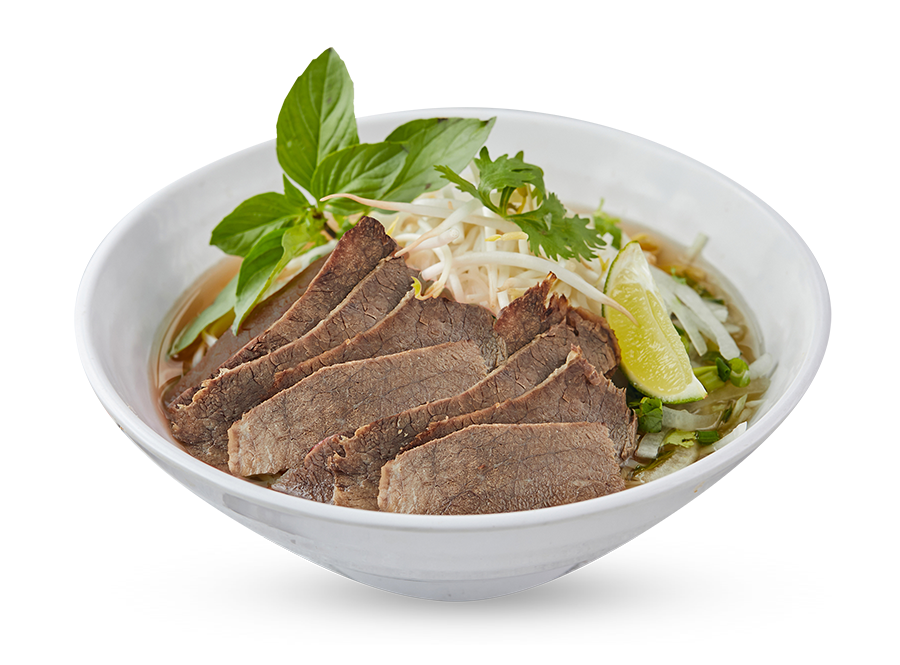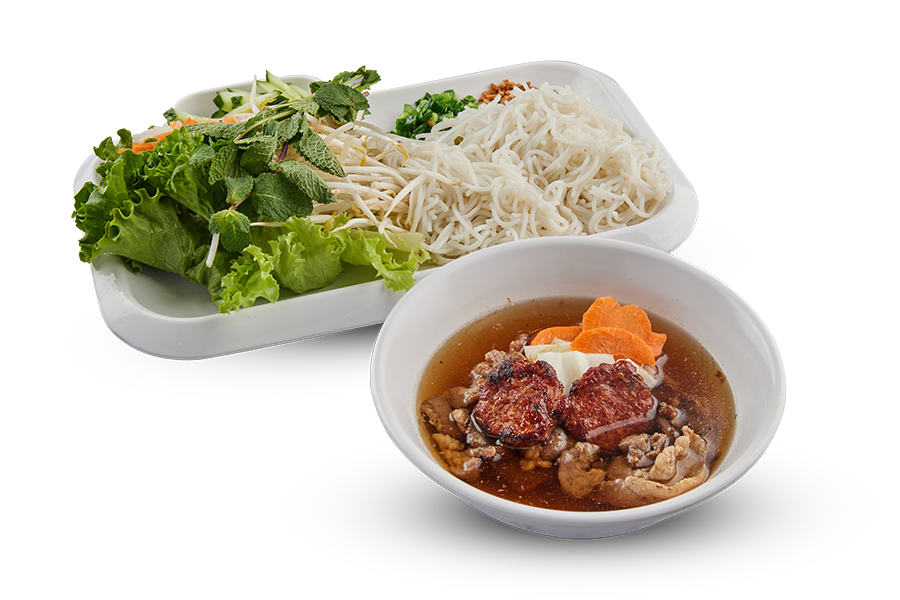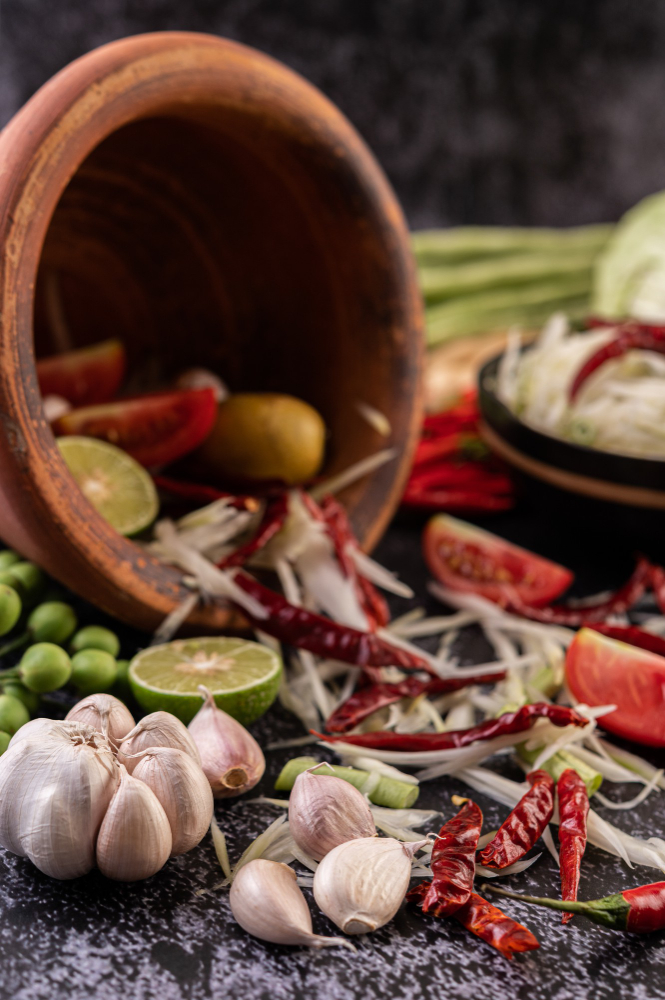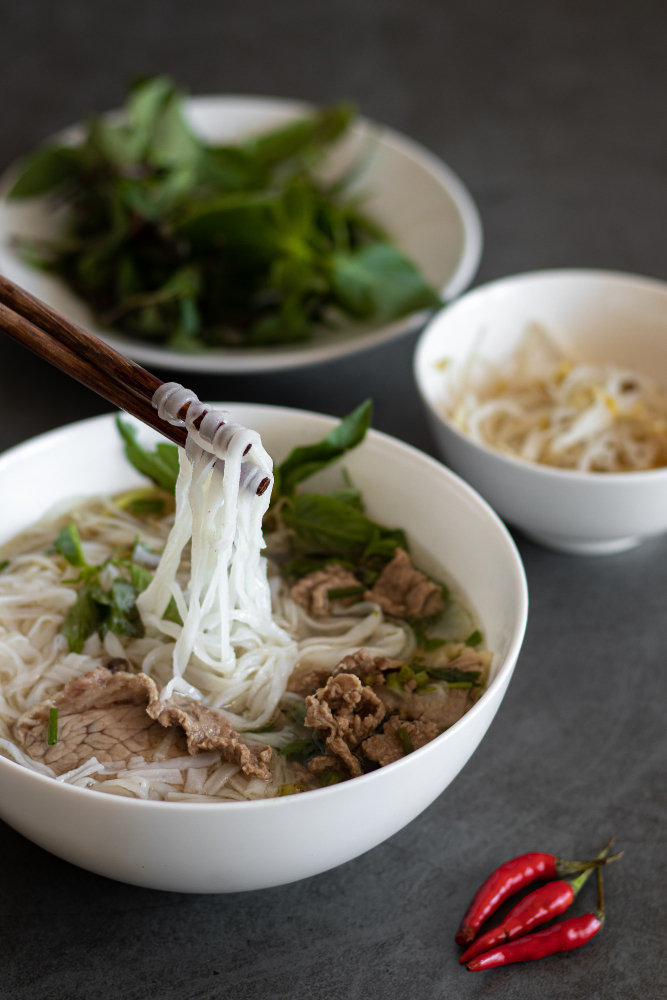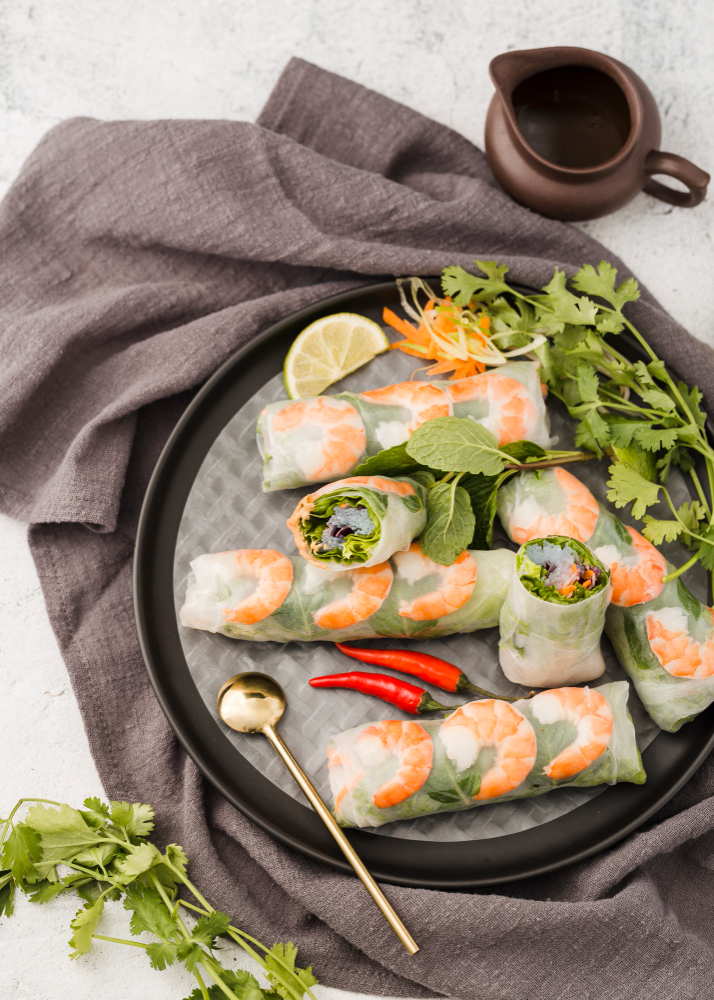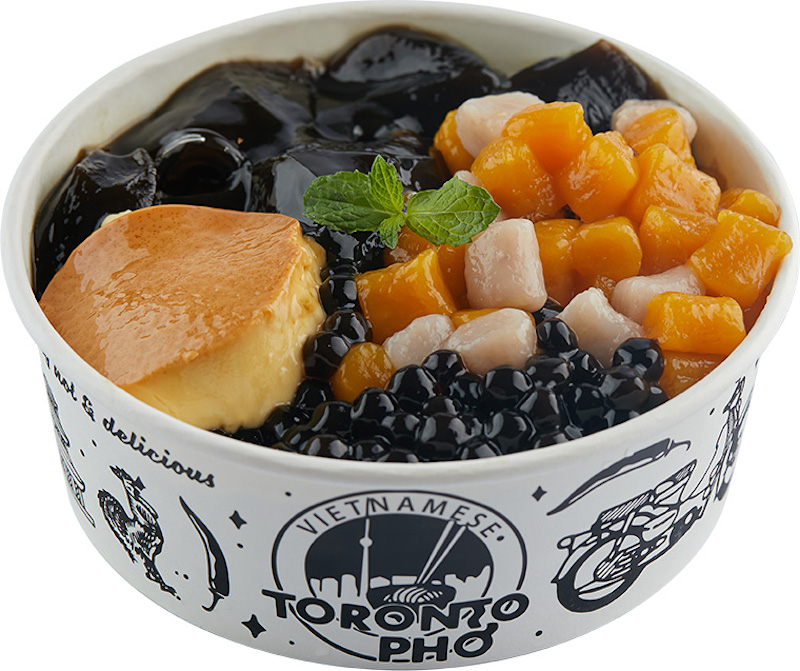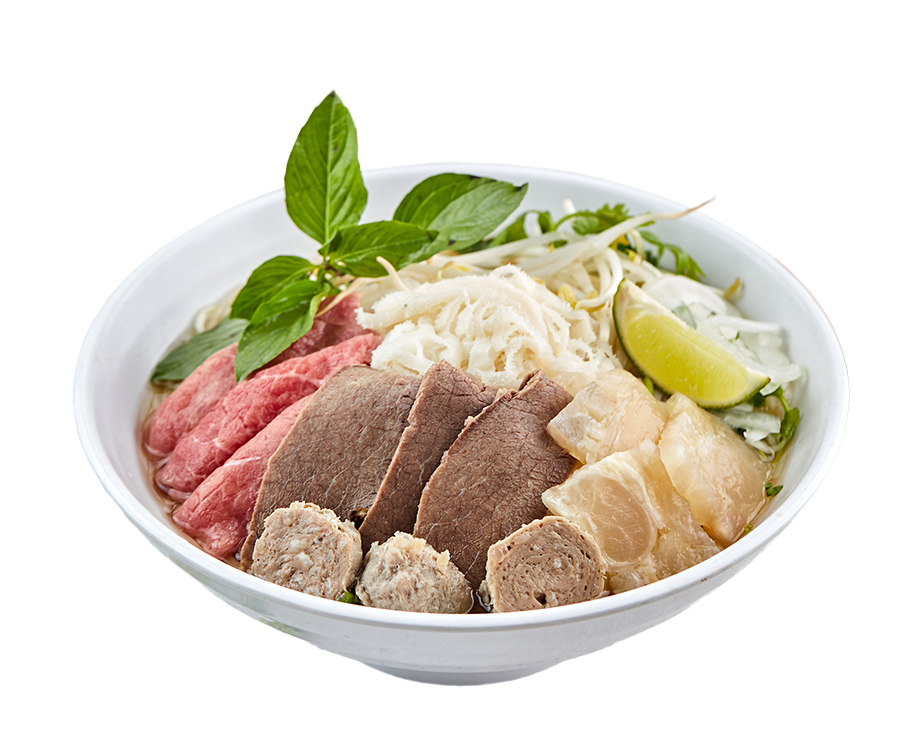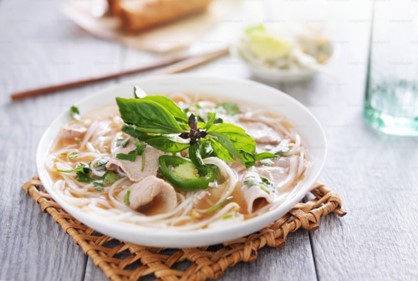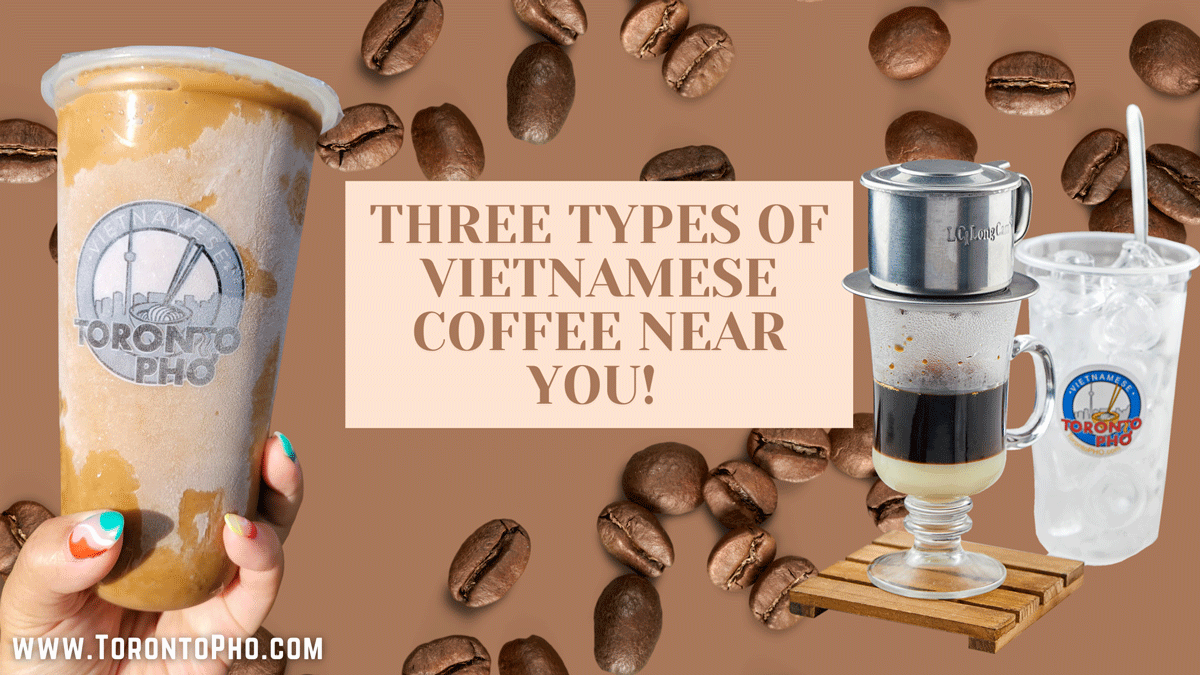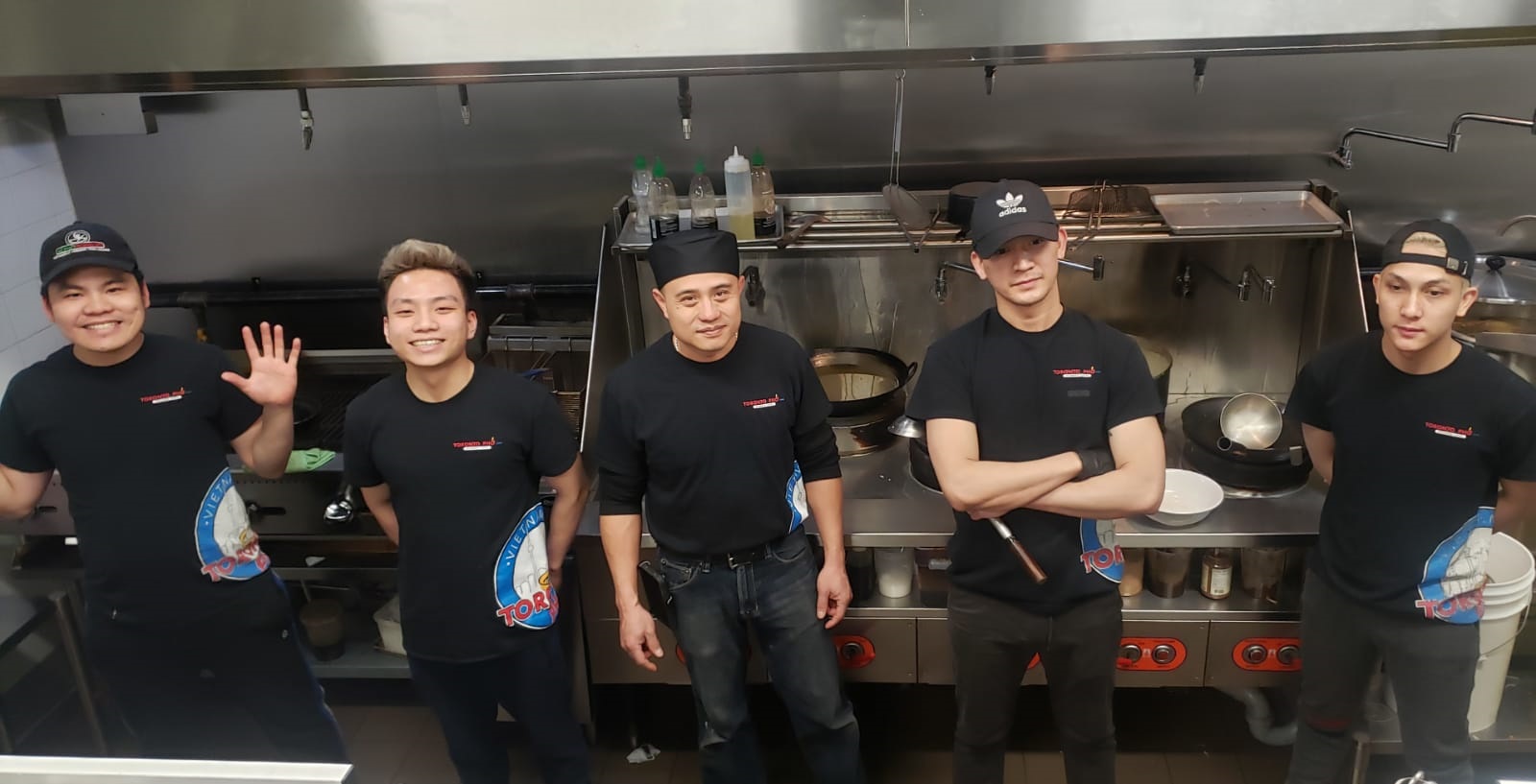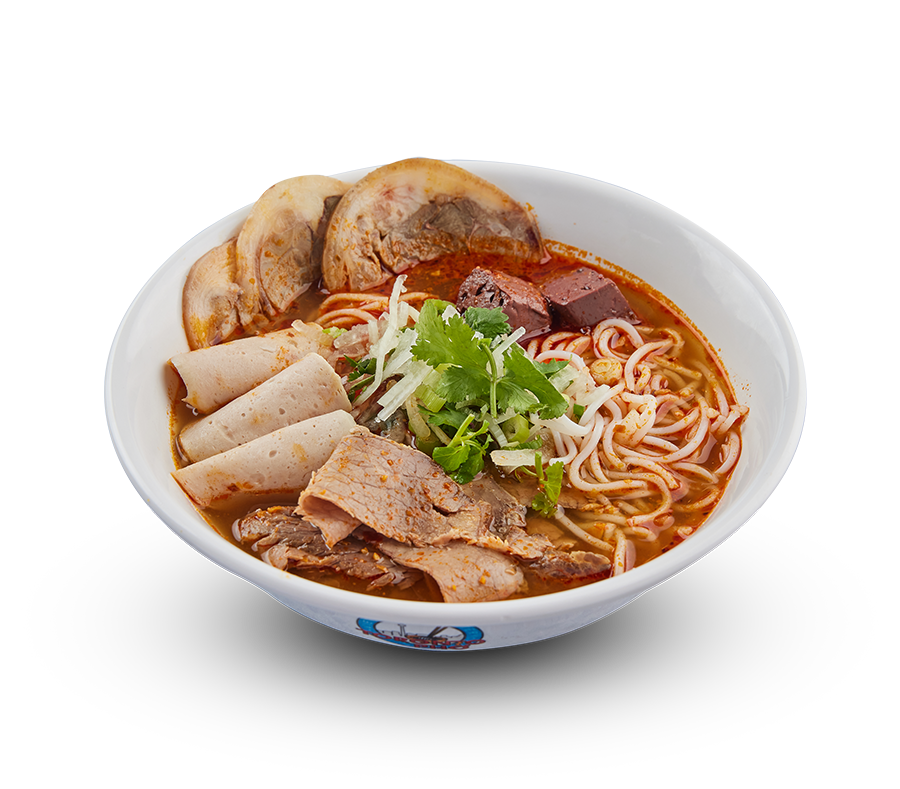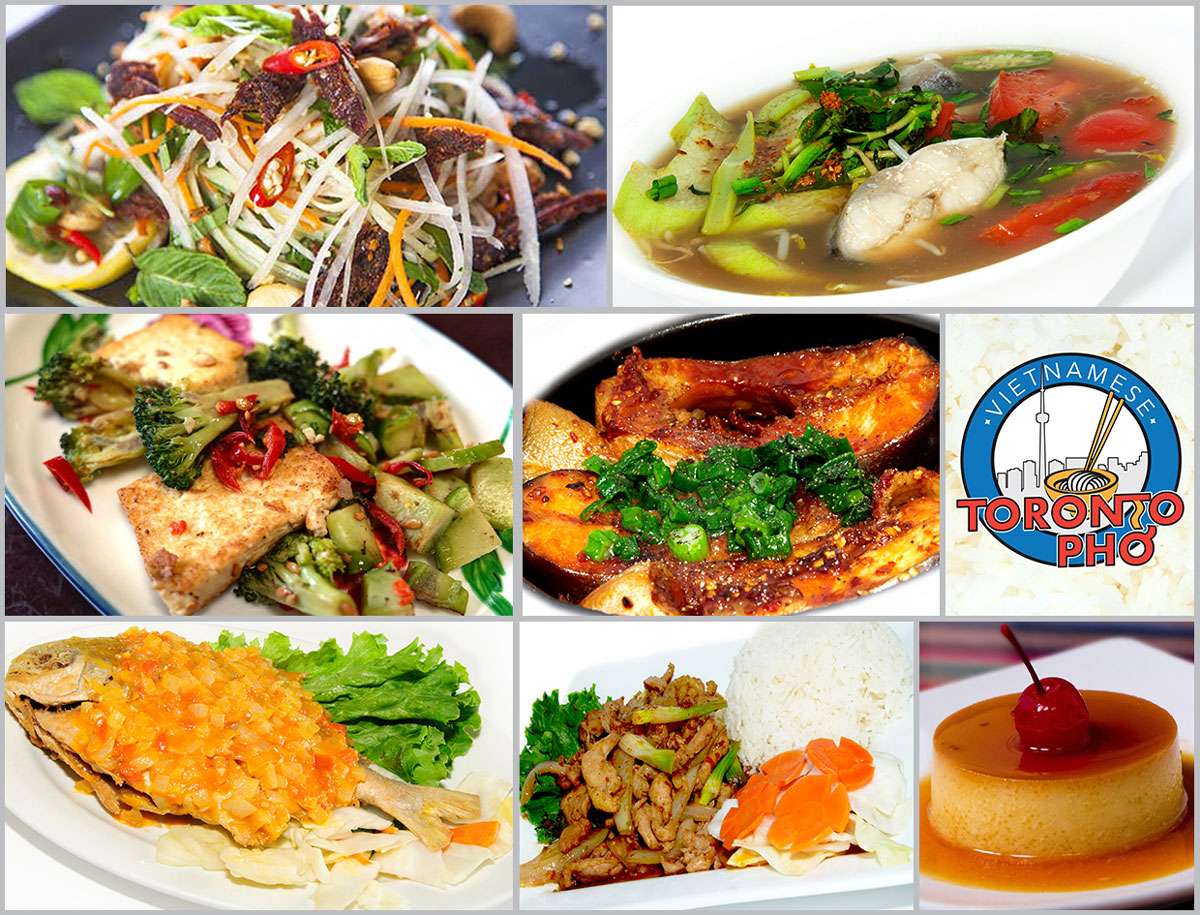
Have you ever had trouble ordering pho or pronouncing pho at a restaurant or during a meal – us too! Anyone can get overwhelmed with a Vietnamese-style menu. Pho is so customizable, preferences can sometimes lead to pho varieties Torontonians have never heard of before or don’t understand. Here’s a few quick tips on how to read a Vietnamese restaurant menu.
How to order pho in a restaurant like an expert
Looking at pho varieties, it’s common to say the name of the pho as ‘pho’ + the topping. For example, pho chi bo vien translates to ‘pho with cooked beef and meatballs’. Holy yum! If you want to impress your date, simply say ‘chi bo vien’ and if your server is Vietnamese, they will understand what you’re saying. If in doubt, point to the menu item as well to clarify.
How to pronounce ‘pho’ and other Vietnamese terms
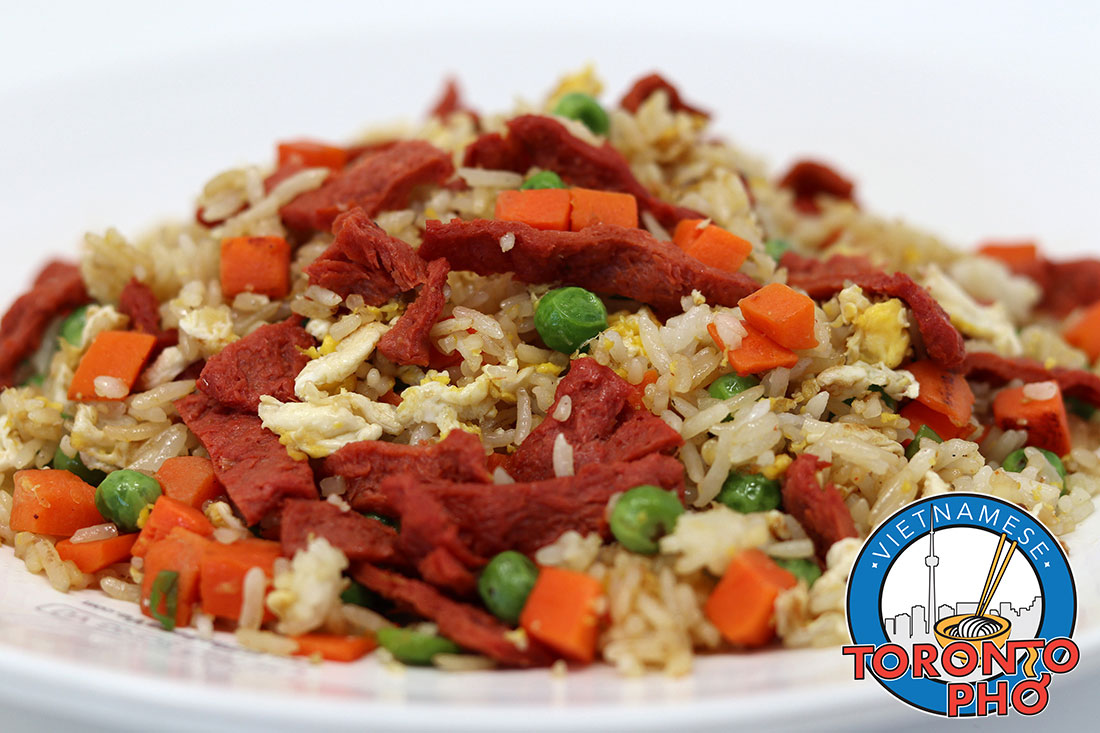
Vietnamese food is culled together from tasty, healthy ingredients. The meals themselves are balanced, versatile, and flexible enough to be made from general everyday North American ingredients from your local grocery store, if or when it’s necessary.
These days, Vietnamese food shopping in Toronto is easier than ever. Most mid-sized Toronto markets are stocked with Southeast Asian pantry must-haves, like rice noodles, soy sauce, fish sauce, and lemongrass. There’s also plenty of recipes online that share how to use these ingredients to form dishes that pull from the Buddhism-centric five-elements – sour, bitter, sweet, spicy, and salty.
In Toronto, there are a lot of ways to cook Vietnamese food at home. For example, while a Vietnamese family might simmer bones to form a broth over the course of an entire day, you can use a pressure cooker to do the same in two hours. There are plenty of hacks or replacement ingredients which can be used to make more or less the same food you know and love from Vietnam.
Read more: How to Cook Vietnamese Food at Home with Ingredients from your Local Grocery Store
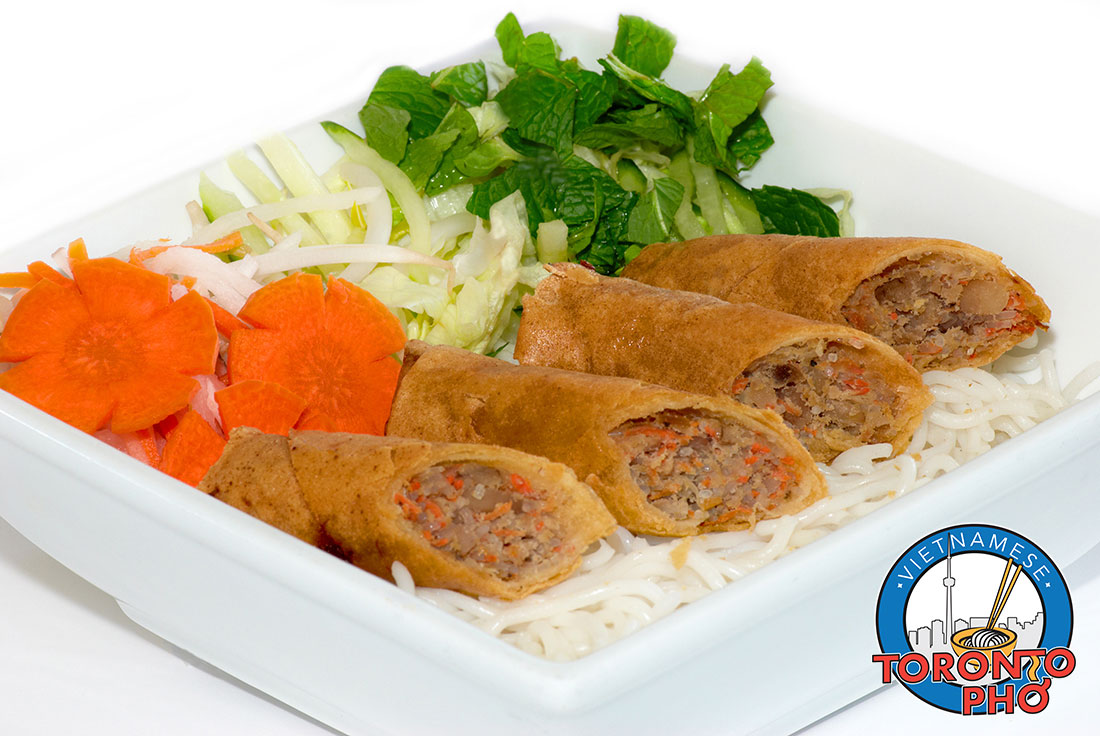
When it comes to a Vietnamese fresh spring roll, there are several meats you can use inside. Whether it’s beef, chicken, pork, or shrimp, here’s a quick breakdown of what we think is the healthiest.
Beef
Beef is an excellent meat choice for a fresh spring roll. First and foremost, beef is a high quality protein. It’s also rich in a wide variety of nutrients, including iron, zinc, vitamin B12, and selenium. Unfortunately, beef’s main drawback is that it also contains cholesterol-raising saturated fats. Palmitic acid and myristic acid are a few of the bad fats in beef that are worth avoiding.
So ultimately, it’s a conversation you have to have with yourself as to what’s right for your health. Contrary to a lot of what mainstream society says, red meat isn’t inherently bad. It helps to build muscle and repair tissue, increase red blood cell count, and strengthens the immune system. Cholesterol-wise though, if you have issues here, beef may be best avoided on most days.
Read more: What is the Healthiest Meat to Select for my Vietnamese Fresh Spring Roll – read here!
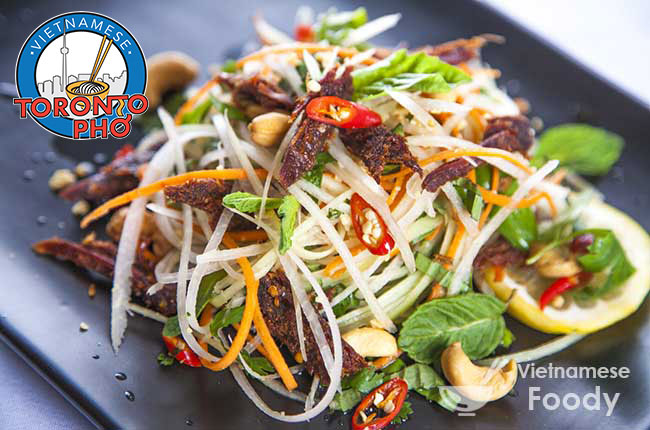
As one of the spicier salads out there, papaya salad may not have quite caught on in North America compared to other dishes. That said, papaya salad is an absolutely delicious meal originating from Thailand and it’s well worth giving a try.
So what is papaya salad – well, it’s a dish based around shredded unripe papaya. It’s eaten throughout Southeast Asia. What else thrown in varies but what’s most popular includes beans, chili, pla ra, brined crab, hog plug, and lime among other ingredients. Although there are variations, true blue papaya salad carries with it five main ingredients regardless of the type – savory fish sauce, hot chili, salt, sour lime, and sweetness which is usually the result of palm sugar. Ingredients are usually mixed and pounded into a mortar.
Read more: What is in Papaya Salad and Why This Could be your Next Favourite Salad
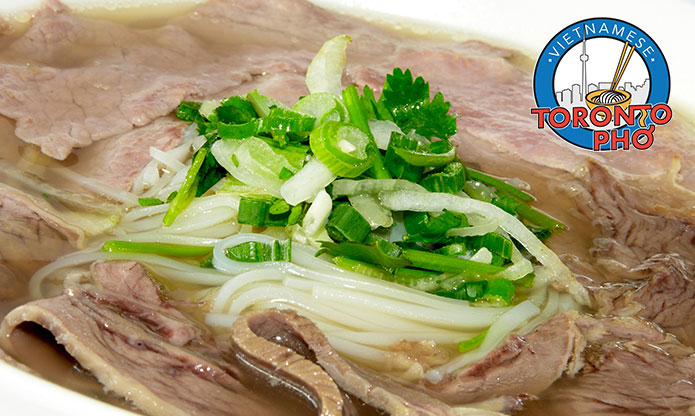
Toronto-wide, you’ll find several restaurants offering some version of pho. This very popular Vietnamese soup is a favourite among Vietnamese families and has grown to have an affectionate relationship with many Torontonians. That said, how to eat a bowl of pho authentic to the Vietnamese way is something not everyone has learned.
You don’t need an extensive knowledge of the history of pho, where it’s come from, or how it arrived in Canada. That said, there’s a certain way to eat pho that a lot of people don’t necessarily know when coming to the dish for the first time.
Read more: How to Eat your Pho Authentically Vietnamese-Style
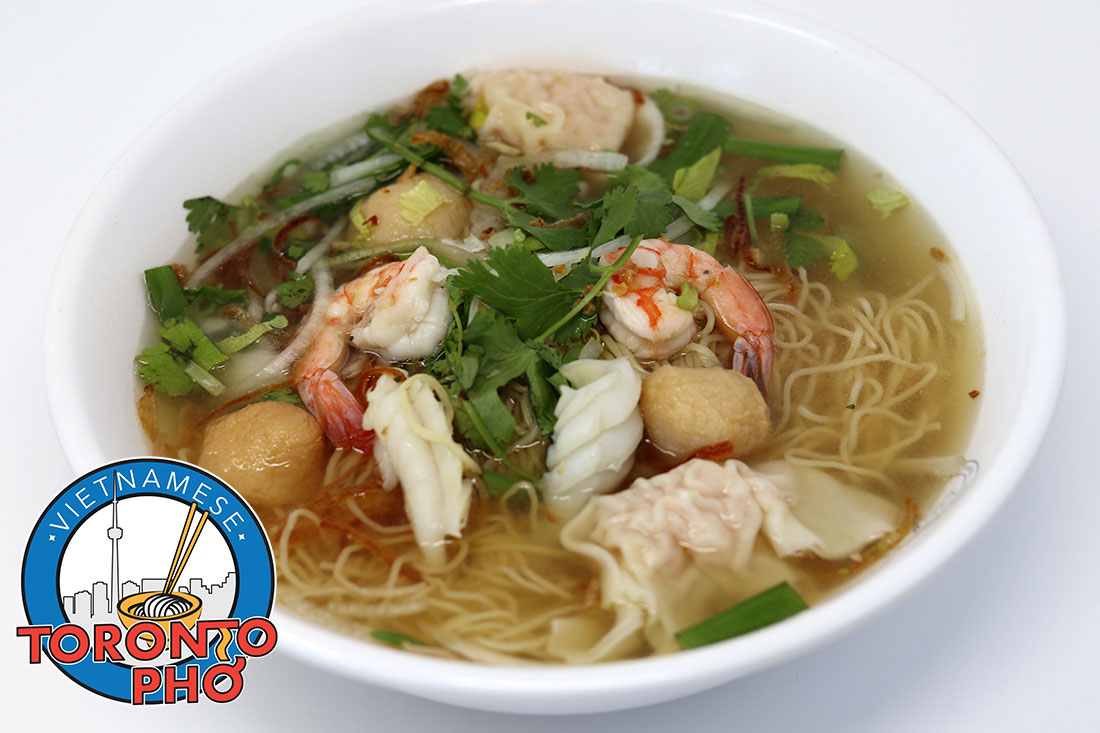
For first-time Vietnamese cuisine partakers, if you’re wondering what to eat on the scope of Vietnamese, there’s so many unique foods you’ll want to try. Deciphering what’s most recommended can be a little overwhelming so we wanted to break it down for you here.
Seafood
Vietnamese cuisine has a strong attachment to seafood, as the country boasts a huge cost on the South China Sea. Seafood is a common choice among groups of Vietnamese and is a tradition that continues to be shared here in Toronto as well as abroad.
Egg coffee
Egg coffee is a Vietnamese dessert, very popular in cities like Hanoi. Made with egg yolks, sugar, condensed milk, and sometimes spice, it can be had hot or iced. You can also customize a Vietnamese egg coffee with chocolate, green beans, rum, and beer, as you like it of course.
Read more: Top Vietnam Foods you Don’t Want to Miss if You’re Looking for Something Delicious to Eat
More Articles ...
Page 37 of 45


